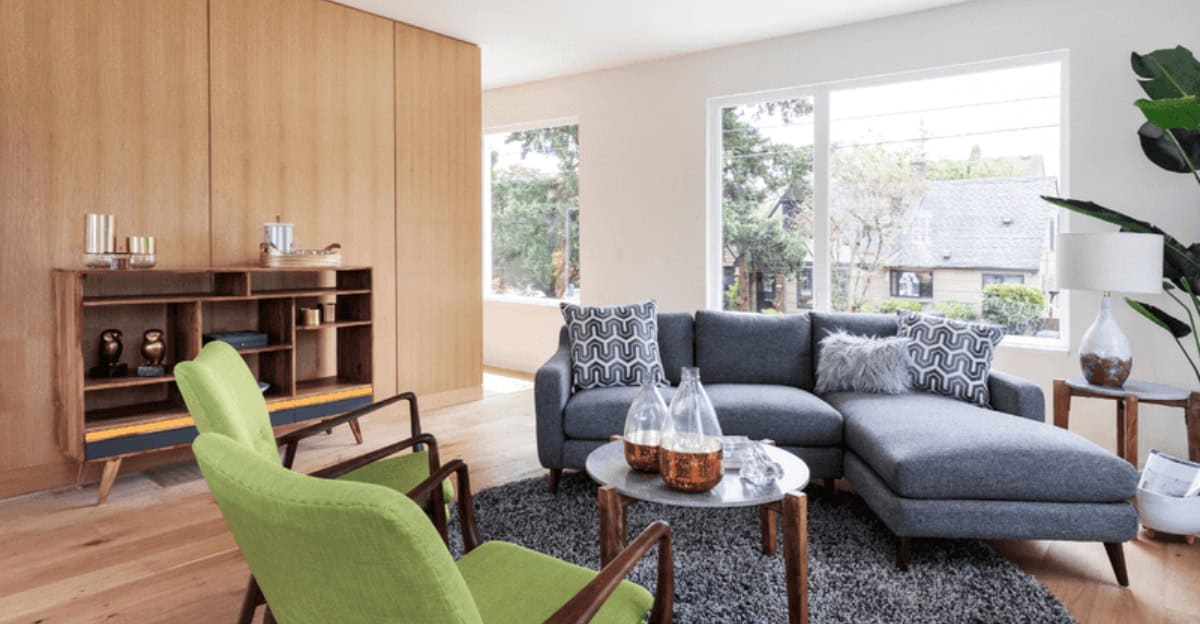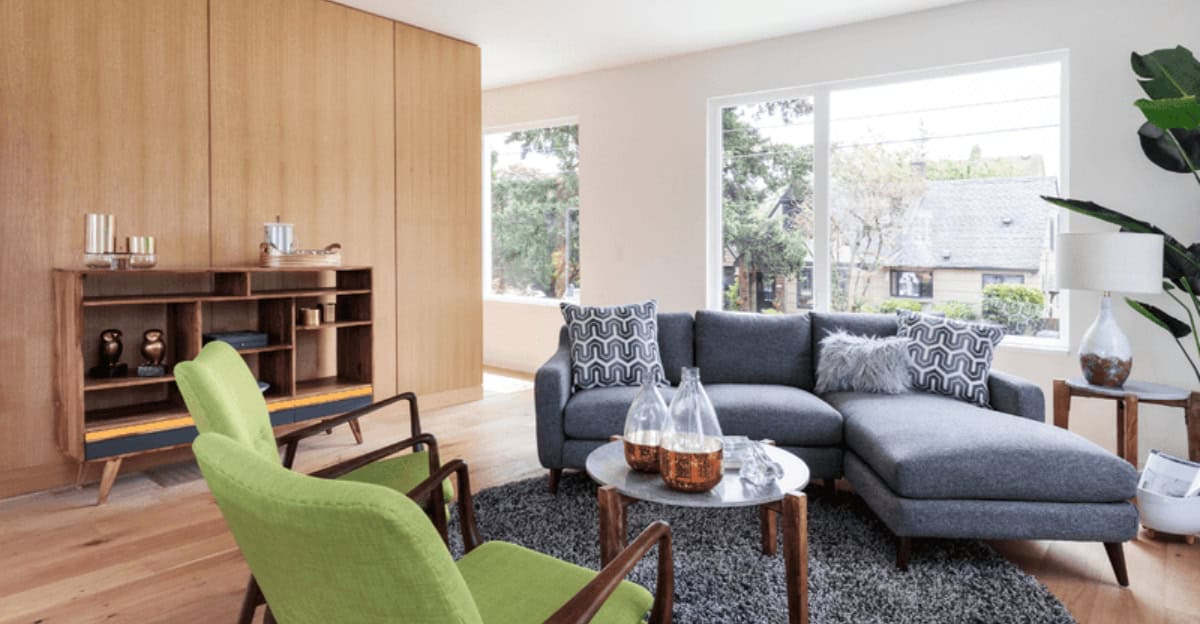Design trends often come and go, but some manage to defy expectations and endure over time.
Here, we take a look at 10 design trends that many assumed would fade away but have instead continued to thrive.
Each trend brings its own unique flair and charm, proving that good design truly never goes out of style.
1. Minimalist Aesthetic
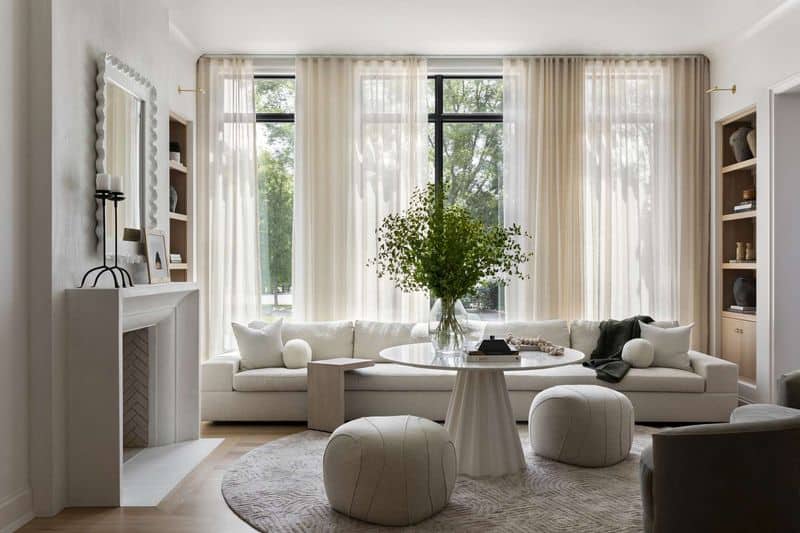
Minimalism embraces simplicity, focusing on clean lines and open spaces. Originating in the 1960s, it has persisted due to its timeless appeal.
The minimalist aesthetic creates a calming environment, removing clutter to highlight essential elements.
Its enduring nature can be attributed to the growing appreciation for sustainable living and mindfulness.
By prioritizing function over excess, minimalism offers a refreshing contrast to today’s fast-paced lifestyle.
Designers continue to innovate within this trend, incorporating new materials and technologies while maintaining its core principles.
Minimalism’s quiet elegance and adaptability ensure its place in modern design.
2. Mid-Century Modern Furniture
Mid-century modern furniture, with its clean lines and functional form, hails from the mid-20th century. It captures a period of innovation and optimism.
Despite its vintage origins, this style remains popular in contemporary homes.
Its popularity endures because of its versatility and timeless appeal. The design emphasizes simplicity and functionality, making it adaptable to various interior styles.
As a nod to history, many designers are reinterpreting classic pieces for a modern audience. This enduring trend showcases the power of elegant simplicity in furniture design.
3. Industrial Design Elements
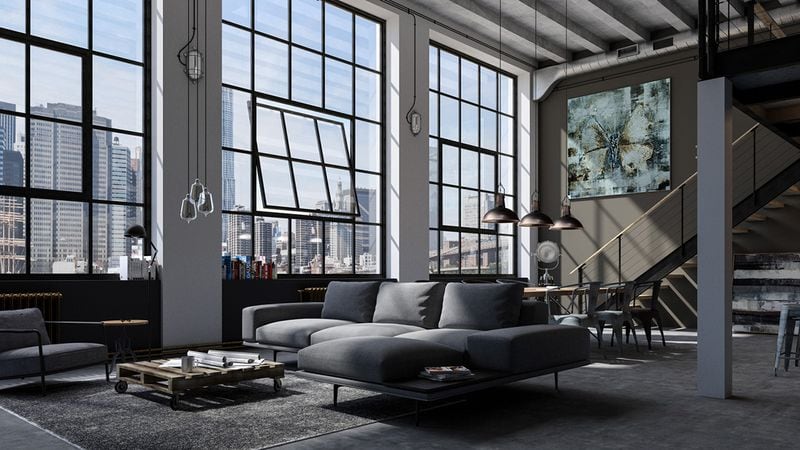
Industrial design draws inspiration from factories and warehouses, celebrating raw, unfinished elements. Exposed brick, metal fixtures, and reclaimed wood define this trend.
What keeps industrial design alive is its rugged charm and adaptability. It’s perfect for urban spaces, adding character and a sense of history. The blend of old and new creates a unique, eclectic vibe.
Designers love its flexibility, combining industrial elements with modern aesthetics to create stunning interiors. This trend’s fusion of practicality and style ensures its continued relevance.
4. Bohemian Vibes

Bohemian style is all about free-spirited expression and eclectic aesthetics. With its roots in the 1960s and ’70s, it embraces bold patterns, diverse textures, and vibrant colors.
This trend persists due to its personal and adaptable nature. It encourages individuality, allowing people to mix and match elements that resonate with their personality.
The rise of DIY culture and sustainable living further fuels bohemian design’s popularity, as it often incorporates repurposed materials and handmade items.
Bohemian style celebrates creativity and self-expression, ensuring its lasting appeal.
5. Scandinavian Simplicity
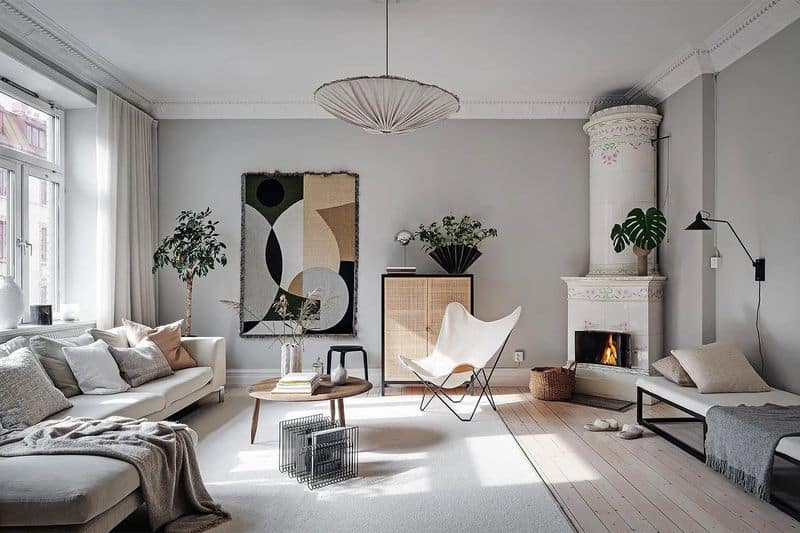
Scandinavian design combines functionality and minimalism, characterized by light colors, natural materials, and clean lines.
Emerging in the mid-20th century, it reflects the Nordic appreciation for nature and simplicity.
Its enduring charm lies in its ability to create warm, inviting spaces while maintaining a sleek, uncluttered look. The emphasis on natural light and sustainable materials aligns with today’s eco-conscious values.
The Scandinavian approach adapts well to contemporary lifestyles, blending aesthetics with practicality. Its balance of comfort and simplicity ensures its ongoing popularity in the design world.
6. Vintage and Retro Revival
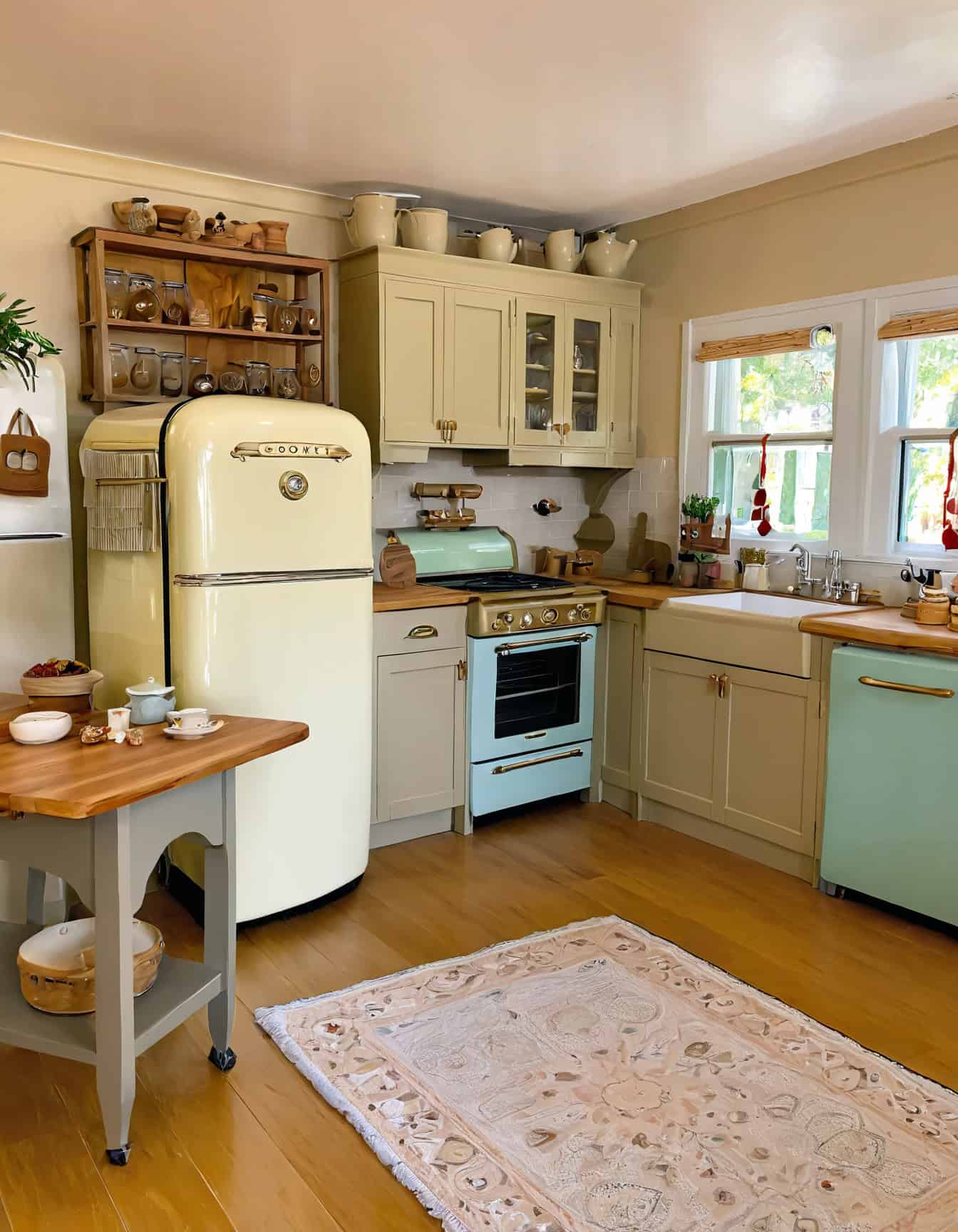
Vintage and retro styles bring nostalgia into modern design. Whether it’s a 1950s diner-inspired kitchen or a 1970s living room, these styles offer a warm, familiar feel.
The revival persists because people love revisiting past eras, finding comfort in their distinctive charm. It’s also an environmentally friendly choice, emphasizing reuse and upcycling.
Designers creatively incorporate retro elements into contemporary spaces, keeping the past alive while updating it for modern tastes. This blend of old and new appeals to a wide range of design enthusiasts.
7. Japandi Fusion

Japandi is a harmonious blend of Japanese and Scandinavian design principles. It merges minimalism with warmth, emphasizing simplicity and functionality.
This fusion trend thrives on its ability to create calming, balanced spaces. The use of natural materials and neutral tones reflects a shared focus on nature and tranquility.
Japandi’s appeal is its understated elegance and adaptability, making it suitable for various settings.
As people seek serene environments, this trend’s emphasis on mindfulness and simplicity resonates strongly.
8. Eclectic Mix

Eclectic design embraces diversity, combining different styles, periods, and cultures into a cohesive whole. It’s a celebration of individuality and creativity.
The freedom to mix and match elements allows for personalized spaces that reflect one’s unique taste. This adaptability is a key reason for its lasting appeal.
With no strict rules, eclectic design encourages experimentation, fostering a sense of adventure in home decor. Its continued relevance highlights the timeless allure of personal expression in design.
9. Sustainable Design Practices

Sustainability is a critical consideration in modern design. By prioritizing eco-friendly materials and practices, designers aim to reduce environmental impact.
The trend’s endurance is fueled by growing environmental awareness and the demand for greener living solutions.
Sustainable design marries style with responsibility, promoting a balance between comfort and conservation.
As technology advances, new innovations in materials and building techniques keep this trend evolving. Its commitment to a better future ensures its ongoing presence in the design world.
10. Maximalist Expression
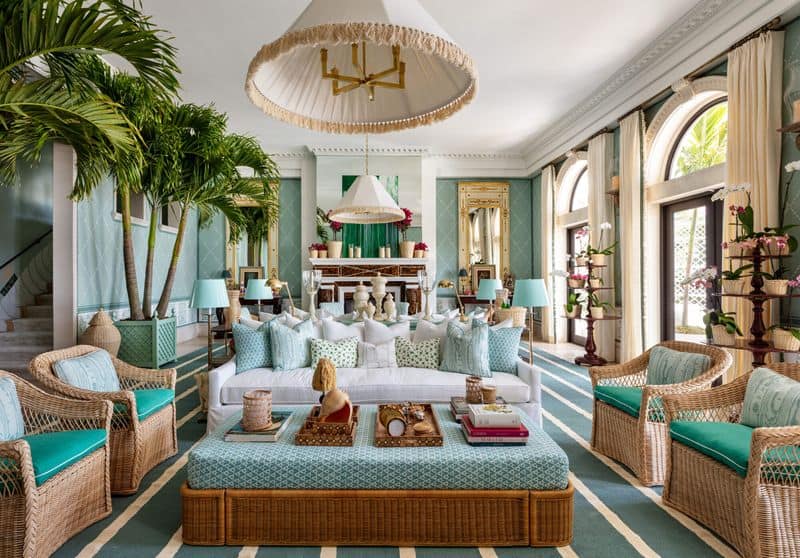
Maximalism celebrates boldness and abundance, contrasting with minimalism’s restraint. It invites a riot of colors, patterns, and textures, creating spaces rich in character.
This expressive trend appeals to those who love unique, lively interiors. By embracing excess, maximalism allows for endless creativity, personalizing spaces with no holds barred.
As a reaction against minimalism, maximalism offers an alternative form of expression. Its dynamic, ever-evolving nature ensures its place in the diverse world of interior design.

